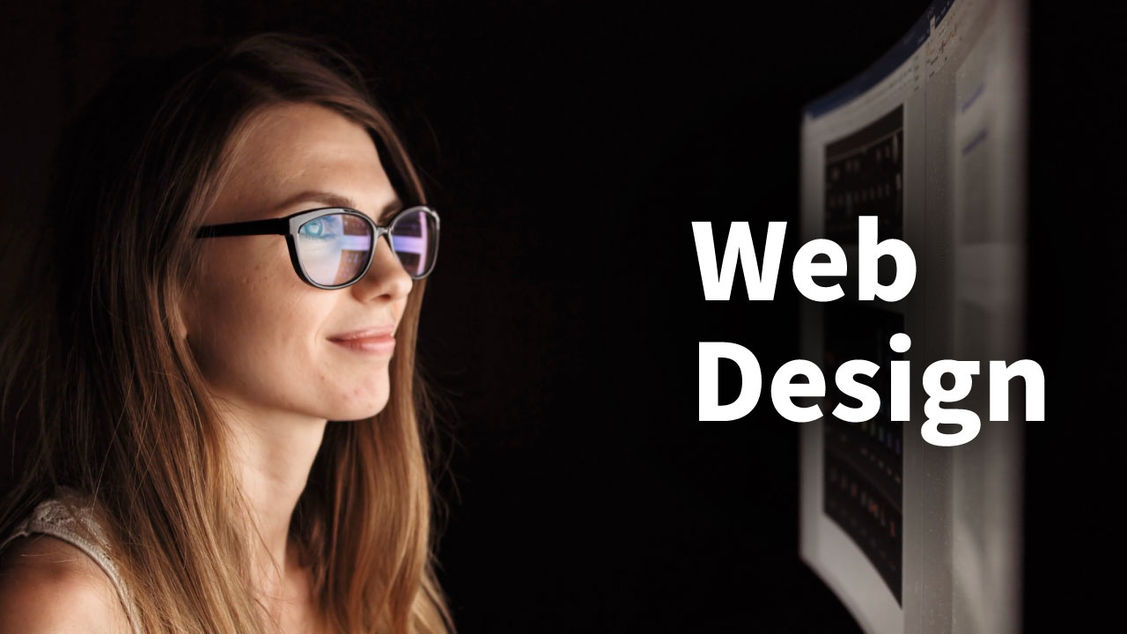A Comprehensive Guide to Finest Practices in Website Design for Enhanced Customer Experience
In the world of web style, comprehending user needs is paramount for developing reliable electronic experiences. A well-structured technique that highlights responsive design, instinctive navigating, and a strong visual power structure can dramatically boost customer involvement.
Understanding Individual Requirements
Understanding customer requirements is fundamental to reliable website design, as it directly influences individual experience and engagement. A complete understanding of target audiences permits designers to develop web sites that resonate with customers, fostering a feeling of connection and satisfaction (Web design agency). To attain this, designers must involve in user study, using methods such as studies, meetings, and functionality screening. This information collection provides understandings into individual choices, behaviors, and discomfort points.

Value of Responsive Style
Responsive design is crucial in today's digital landscape, where users access sites throughout a myriad of tools with varying display dimensions. As smart phone use continues to increase, making sure that a web site supplies an ideal viewing experience on smartphones, tablet computers, and desktops is essential. A receptive layout adapts the layout and content based upon the individual's device, allowing for seamless navigating and readability.
A responsive website can improve presence, leading to enhanced website traffic and user interaction. In addition, a constant customer experience across tools builds brand credibility and promotes customer loyalty.
Moreover, executing receptive layout can result in lowered development and upkeep costs. Rather of producing several versions of an internet site for various gadgets, a single receptive website improves updates and content monitoring. This performance not just saves time yet additionally guarantees that individuals get one of the most present info despite how they access the site.
Simplifying Navigation

To accomplish simplified navigating, internet designers ought to prioritize a logical power structure of web content. Using descriptive labels for food selection products can aid customers comprehend the purpose of each area at a glimpse. Additionally, minimizing the number of menu things lowers cognitive load, allowing customers to focus on the most important aspects of the website.
Integrating a search feature is additionally valuable, as it offers individuals with a straight course to certain content. Making sure that navigation components are constant throughout the website fosters experience and convenience of usage. Responsive style his explanation principles must additionally be related to navigating menus, ensuring they operate smoothly throughout all tools. Eventually, streamlined navigation not only boosts customer complete satisfaction yet likewise contributes to accomplishing broader organization goals by enhancing conversion prices and reducing bounce rates.
Enhancing Visual Hierarchy
How can developers produce a visual hierarchy that guides users with material seamlessly? The response exists in the calculated usage of design aspects that guide focus and promote understanding.
Additionally, making use of whitespace is critical in creating breathing area around material. This not just prevents frustrating the user yet also highlights important aspects, making them stand out. Typography likewise plays a significant function; using varying font style weights and designs can differentiate between key and additional details efficiently.
In enhancement to these strategies, visual hints such as arrowheads or icons can assist customers through the interface, enhancing the intended circulation of info. By attentively incorporating these elements, designers can produce an engaging aesthetic hierarchy that enhances user experience, making sure that vital material is conveniently obtainable and understood. This cautious orchestration of layout aspects inevitably promotes a much more user-friendly communication with the web site.
Maximizing Page Tons Speed
In the busy electronic landscape, optimizing web page load speed has actually ended up being a vital variable in customer satisfaction and retention. Research study suggests that users expect websites to load within 2 seconds; any type of go to the website hold-up past this threshold can cause boosted bounce rates and lowered conversion click to read opportunities.
To enhance tons rate, begin by decreasing HTTP demands, as each request includes in the loading time. Make use of methods such as CSS sprites to integrate multiple photos right into one, decreasing the number of demands. Additionally, optimizing images via compression and the use of contemporary formats like WebP can dramatically decrease documents dimensions without compromising high quality.
Applying browser caching also plays a crucial function in boosting web page rate. By storing often accessed documents in your area on a user's device, subsequent gos to can pack nearly instantly. Furthermore, take into consideration leveraging Web content Distribution Networks (CDNs) to disperse material closer to customers, minimizing latency.
Conclusion
In final thought, efficient website design prioritizes user needs via thorough research, fostering intuitive and responsive interfaces. By streamlining navigation, improving aesthetic hierarchy, and maximizing page load speed, developers develop appealing and easy to use sites. Complying with these ideal methods not only improves customer satisfaction yet likewise cultivates commitment and boosts general engagement. Inevitably, a dedication to these principles is important for establishing successful electronic experiences that satisfy the developing assumptions of individuals in a competitive on-line landscape.